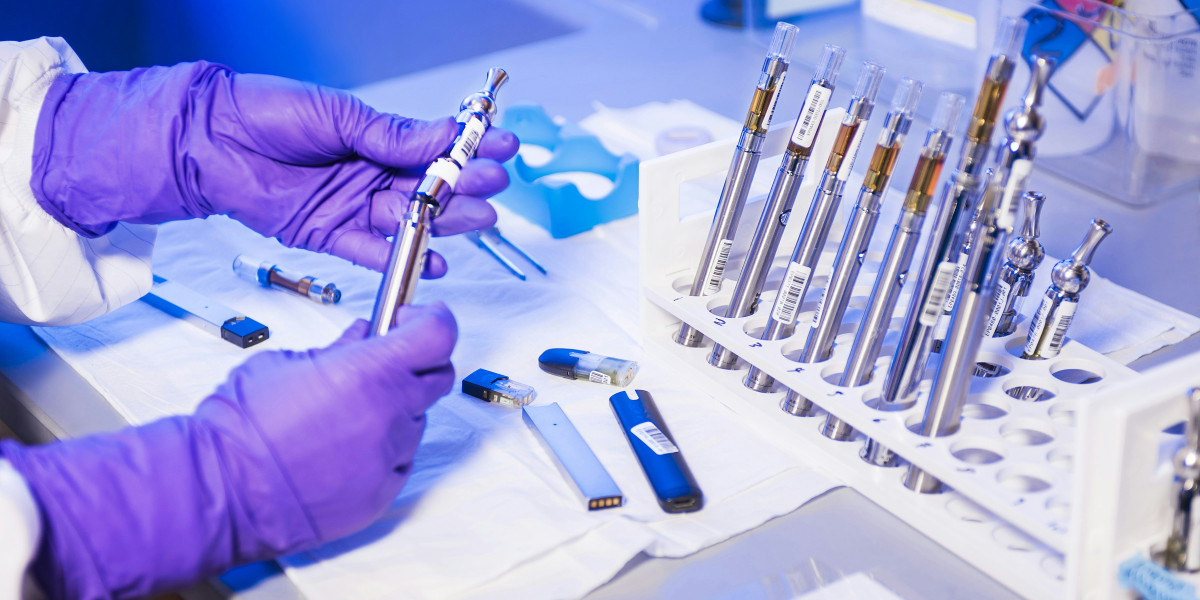Clinical trials play a crucial role in advancing modern medicine. Every pill, vaccine, or treatment you've ever heard of has gone through extensive testing before reaching the public—and that testing includes the involvement of real people. Whether you're curious about participating in one or just want to understand how new treatments are approved, it's worth exploring what really goes on behind the scenes. While many people are interested, few fully understand the process of joining a clinical trial , how they are conducted, and the impact participants have on medical science.
In this guide, we'll break down everything you need to know—from what clinical trials are, to their various phases, to how you can safely and ethically get involved.
What Is a Clinical Trial?
A clinical trial is a type of research study that investigates new methods of preventing, diagnosing, or treating disease. It’s the final step in a long research journey that begins in laboratories and often includes years of pre-clinical work before involving human participants.
Trials are used to determine whether new drugs, vaccines, surgical procedures, or lifestyle interventions are safe and effective. They're also used to improve upon existing treatments or to find better ways of delivering healthcare.
Why Clinical Trials Are Important?
Clinical trials are essential for medical progress. Without them, we wouldn’t have access to antibiotics, cancer therapies, mental health medications, or the COVID-19 vaccines. Every participant who joins a clinical trial plays a vital role in helping doctors, scientists, and regulators understand how treatments work in the real world.
In addition to benefiting science, many participants find personal value in taking part. Some join trials to access cutting-edge treatments not yet available to the public, while others do it to support medical advancement or for financial compensation.
The Process of Joining a Clinical Trial
If you're thinking about participating in a clinical trial, you're not alone. Thousands of people volunteer each year, contributing to breakthroughs that change lives. But how does one actually get involved?
Here’s a step-by-step overview of the process of joining a clinical trial:
1. Finding a Trial
The first step is to search for trials relevant to your condition, age group, or location. Numerous databases and platforms list open trials—some are sponsored by government agencies, universities, or pharmaceutical companies. Each listing typically includes eligibility requirements and study details.
2. Pre-Screening
Once you find a trial you’re interested in, you’ll usually go through a pre-screening process. This may involve filling out a questionnaire or having a phone call with the research team to ensure you meet the basic inclusion criteria (such as age, medical history, or current medication use).
3. Informed Consent
Before you’re officially enrolled, the research team will provide an informed consent document. This outlines the study’s purpose, procedures, risks, benefits, and your rights as a participant. It’s critical to read this thoroughly and ask any questions you may have before signing.
4. Screening Visit
Once you give your consent, you’ll likely attend a screening visit. This involves more detailed assessments—such as blood tests, physical exams, or imaging—to determine if you're fully eligible.
5. Enrollment and Participation
If you qualify, you'll be officially enrolled. Depending on the study, your participation may involve taking a drug, receiving therapy, or making lifestyle changes. You’ll attend scheduled visits to monitor your health and the treatment’s effects. Some studies may also require keeping a journal or completing surveys.
6. Follow-Up
Even after the treatment phase ends, researchers may follow up with you to track long-term effects or collect final data.
Participation is always voluntary, and you have the right to withdraw at any point for any reason without penalty.
Types of Clinical Trials
Not all trials are the same. They vary based on their purpose, scope, and the kind of questions they’re designed to answer.
1. Treatment Trials
These test new medications, combinations of drugs, or surgical interventions to determine if they are more effective than current options.
2. Prevention Trials
These look at ways to prevent illness—through vaccines, lifestyle changes, or supplements.
3. Diagnostic Trials
These aim to find better tests or procedures for identifying diseases earlier and more accurately.
4. Screening Trials
These determine the best methods for detecting certain conditions before symptoms appear.
5. Quality of Life (Supportive Care) Trials
These explore ways to improve comfort and quality of life for people with chronic illnesses.
The Phases of a Clinical Trial
Each clinical trial goes through multiple phases to ensure safety and effectiveness:
Phase I
Focus: Safety
Participants: Small group (20–100)
Goal: Determine safe dosage and identify side effects
Phase II
Focus: Effectiveness
Participants: Larger group (100–300)
Goal: Evaluate if the treatment works in people with a specific condition
Phase III
Focus: Comparison
Participants: Even larger group (300–3,000+)
Goal: Compare new treatment to standard treatment; monitor side effects
Phase IV
Focus: Long-term use
Conducted after FDA approval to study long-term effects in general population
Risks and Protections for Participants
Participating in a clinical trial does come with some risks—ranging from minor side effects to unforeseen complications. That’s why all trials in the U.S. are governed by strict ethical guidelines and are reviewed by Institutional Review Boards (IRBs) to protect participants.
Key protections include:
Informed Consent: You're given clear information about the study before agreeing to join.








